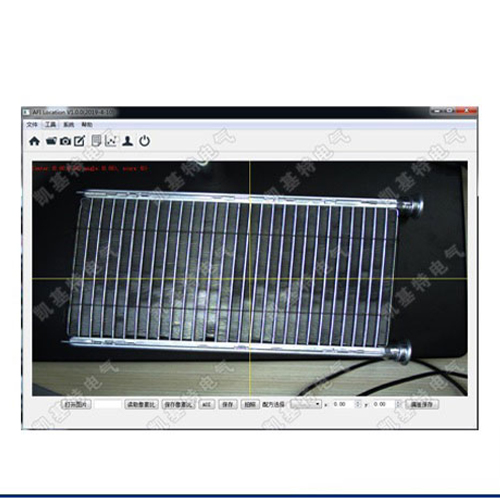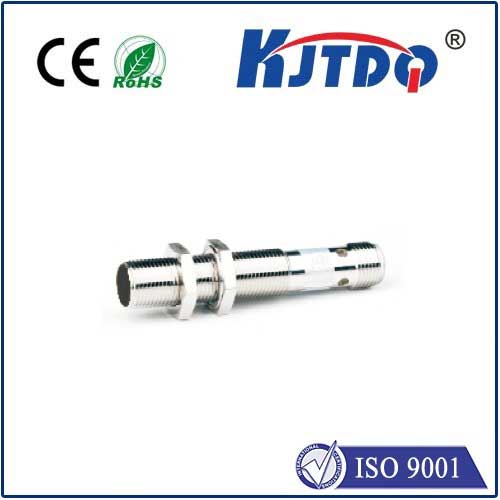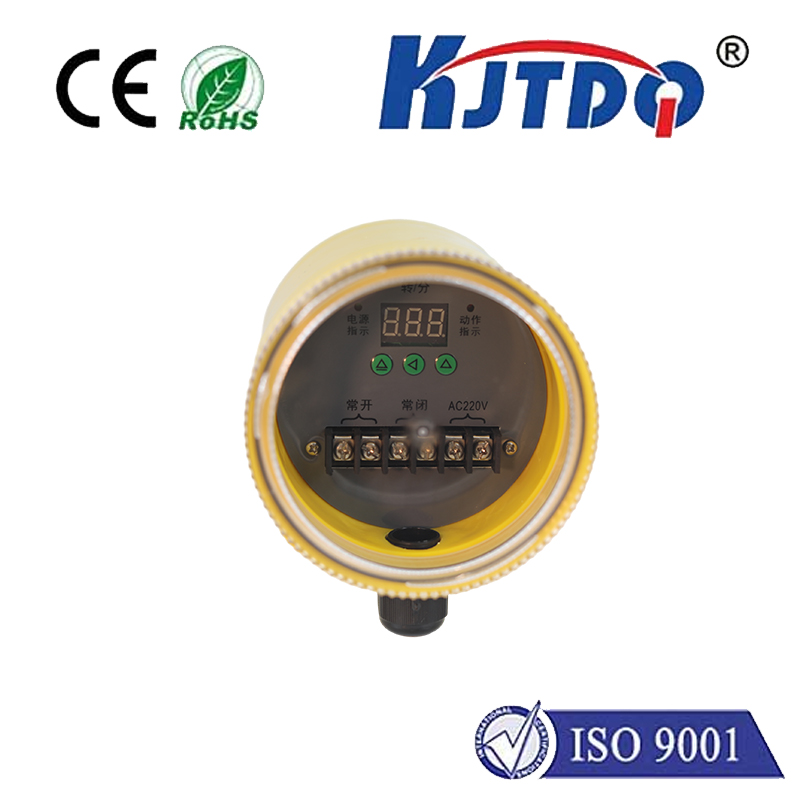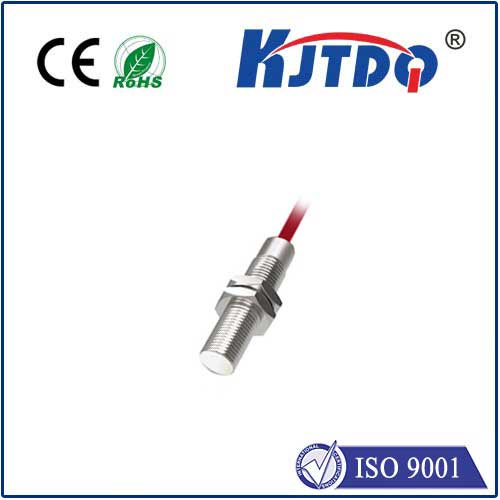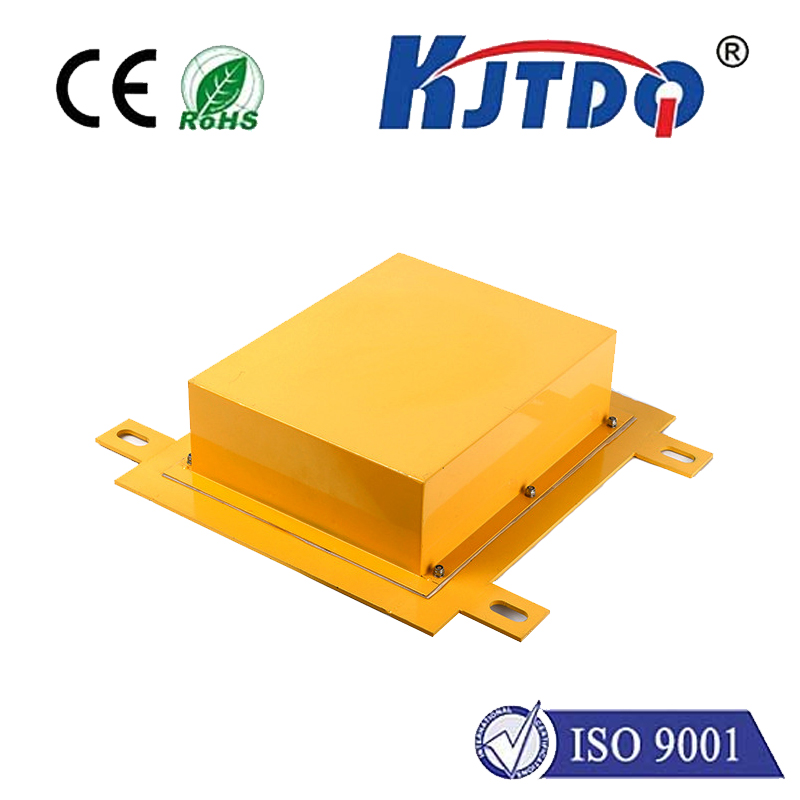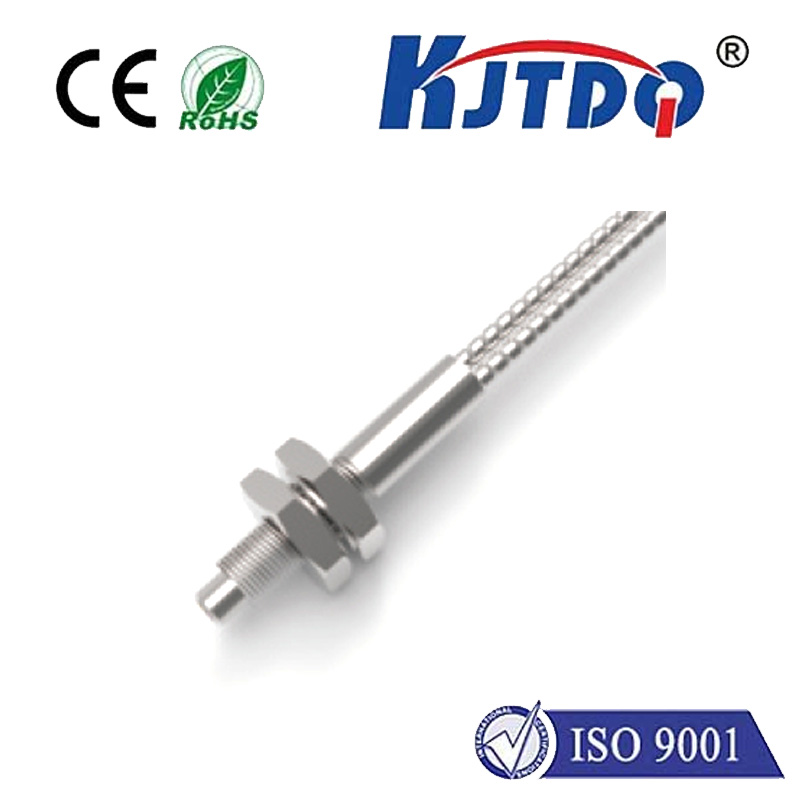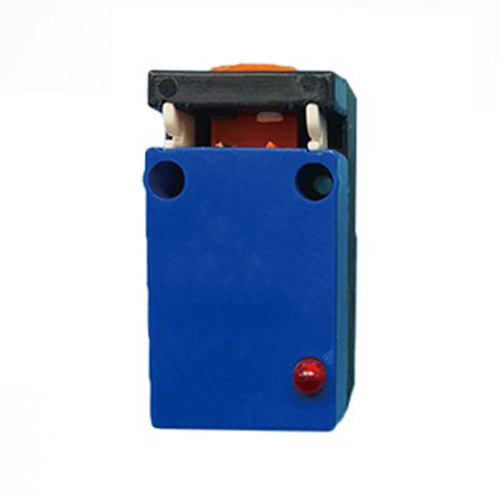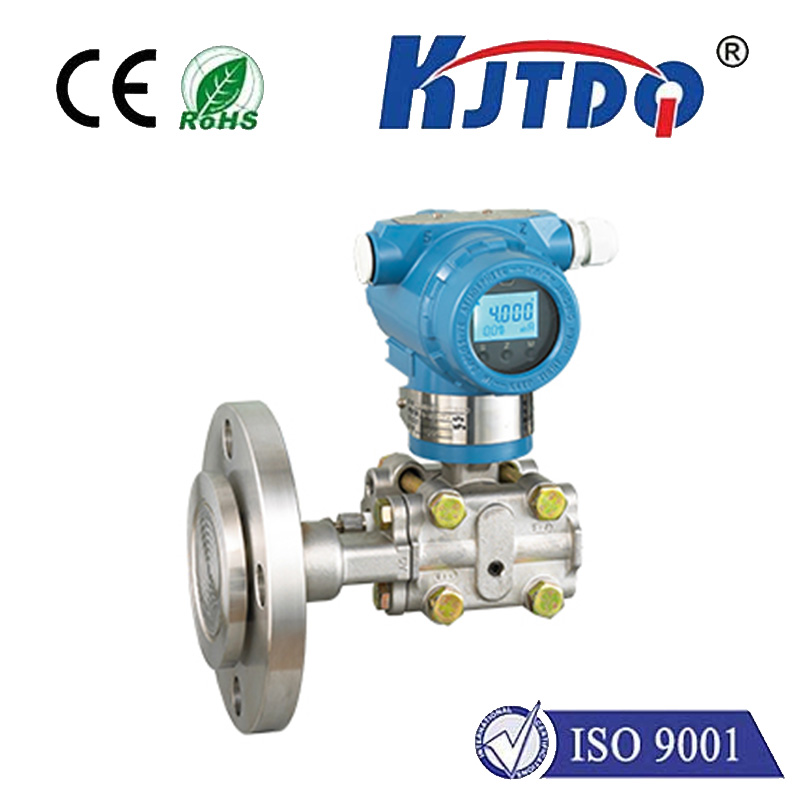

check

check

check

check

check

check

check

check

check

check
Plastic has become a pervasive environmental issue, harming wildlife and ecosystems worldwide. To tackle this problem effectively, we need advanced technology that can detect plastic materials accurately and quickly. One such technology is the proximity sensor for plastic detection. In this article, we will explore how this sensor works and its potential applications in various industries.
The proximity sensor for plastic detection works by using infrared (IR) or ultrasonic sensors to detect the presence of plastic materials. These sensors emit a signal that bounces off the surface of the material and returns to the sensor, which then processes the signal to determine if it comes from plastic or not. The accuracy of these sensors depends on their design and calibration, but recent advancements in sensor technology have led to significant improvements in their accuracy.
One of the main advantages of using a proximity sensor for plastic detection is its speed and efficiency. Unlike traditional methods such as visual inspection orX-ray scanning, these sensors can detect plastic objects within seconds, making them ideal for high-volume production lines or emergency situations where time is of the essence. Additionally, these sensors can be integrated into existing systems seamlessly, providing real-time data that can be used to optimize production processes or take immediate action when plastic waste is detected.
In addition to industrial applications, proximity sensors for plastic detection have potential uses in public safety and environmental monitoring. For example, they could be used to detect plastic waste in waterways or beaches, allowing for early intervention to prevent pollution. They could also be integrated into surveillance systems to identify individuals who are littering or dumping plastic waste illegally.
Despite its many advantages, there are also challenges associated with using proximity sensors for plastic detection. One major challenge is ensuring the accuracy and reliability of the sensor, as errors can lead to false readings or missed detections. Another challenge is ensuring that the sensor does not interfere with other operations or devices, requiring careful design and integration considerations.
In conclusion, the proximity sensor for plastic detection represents an innovative solution to address the growing problem of plastic waste. Its speed, accuracy, and versatility make it an attractive option for a wide range of industries and applications. As technology continues to advance, we can expect even greater improvements in the performance and capabilities of these sensors, enabling us to tackle the environmental challenges posed by plastic waste more effectively.

